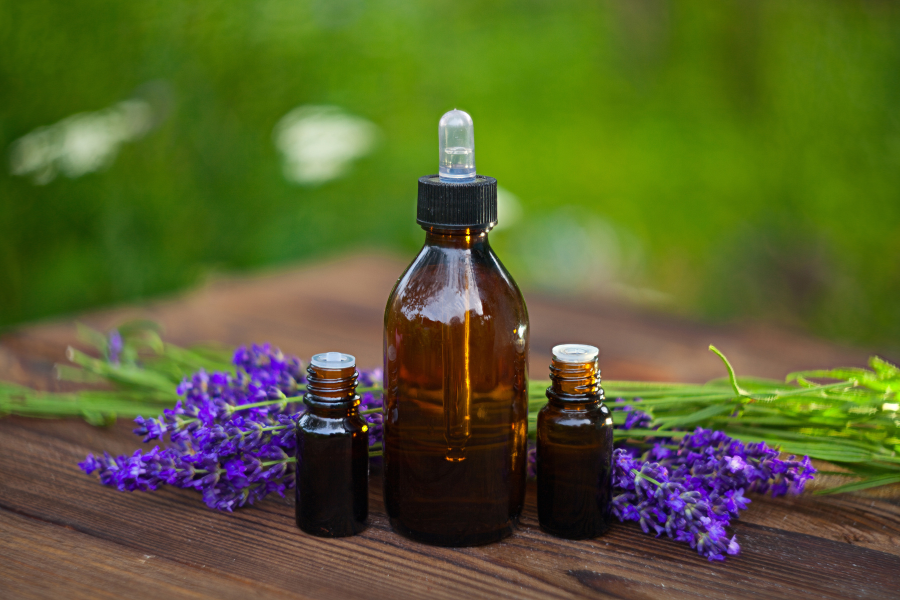1. Definition and History of Essential Oils
Essential oils, often referred to as the "soul" of plants, have been utilized for thousands of years in traditional medicine and beauty care. Extracted from various plants, flowers, and herbs, these concentrated essences have been cherished for their potent active compounds that promote physical and mental equilibrium and harmony.
2. Extraction Methods and Characteristics of Essential Oils
Essential oils are pure chemical extracts derived from seeds, stems, bark, roots, flowers, or leaves of plants through methods such as steam distillation or hydrodistillation. These oils are typically clear or range from pale yellow to amber and are rich in key nutrients, antioxidants, and other beneficial compounds. Due to their high concentration, many essential oils need to be diluted before use to avoid potential toxicity and side effects.
3. Various Ways to Use Essential Oils
Essential oils can be used in multiple ways, including inhalation through aromatherapy or diffusers, topical application to the skin or hair, or mixed with carrier oils to enhance absorption and effect. However, not all essential oils are safe for ingestion due to their high chemical concentration.
4. Differences Between Essential Oils and Synthetic Fragrances
Unlike perfumes and fragrant oils, essential oils are pure derivatives of plants without artificial chemicals or additives. The usage and effects of essential oils differ significantly from synthetic fragrances as they are typically combined with carrier oils for optimal therapeutic benefits.
5. Quality and Storage of Essential Oils
The quality and price of essential oils vary greatly based on the availability and rarity of the source plants. Due to their highly concentrated nature, essential oils are usually purchased in small quantities and stored in dark blue or brown bottles to prevent light damage.
6. Uses and Benefits of Essential Oils
Essential oils offer a myriad of uses and benefits, including antibacterial, pain-relieving, anti-inflammatory, anti-anxiety, relaxing, calming, detoxifying, moisturizing, bug-repelling, air-freshening, and cognitive-enhancing properties. Here are some specific applications in different fields:
Home Cleaning
Essential oils can be used to clean various surfaces in the home, eliminate pathogens in the air, and neutralize odors. Oils like lemon, tea tree, peppermint, eucalyptus, cinnamon, lavender, and rosemary excel in these areas.
Spa and Relaxation
Well-known for their soothing and relaxing properties, essential oils play a significant role in alleviating chronic stress, anxiety, and sleep disorders. Oils such as rose, bergamot, vetiver, ylang-ylang, lavender, chamomile, and basil are particularly effective for relaxation.
Antiviral and Antibacterial Properties
Essential oils can be used for personal care, skin cleansing, alleviating skin conditions, and boosting the immune system to clear respiratory infections. Lemongrass, thyme, oregano, tea tree, bergamot, lavender, and peppermint oils are known for their antiviral and antibacterial properties.
Anti-Inflammatory Effects
Essential oils have anti-inflammatory properties that help reduce inflammation in various body parts, protect heart health, and support digestive functions. Sage, frankincense, juniper, chamomile, and sweet marjoram oils are effective for this purpose.
Pain Relief
Essential oils can act as analgesics to alleviate chronic pain associated with long-term illness, injury, or postoperative recovery. Capsaicin, comfrey, lavender, rosemary, and eucalyptus oils are particularly potent for pain relief.
Skincare
Rich in antioxidants, essential oils help combat premature aging, promote new cell growth, reduce wrinkles and blemishes, and increase skin elasticity. Oils like jojoba, geranium, myrrh, patchouli, rose, and neroli are highly beneficial for skincare.
Natural Remedies
Essential oils play a vital role in reducing the risk of chronic diseases, eliminating infections, improving liver and kidney function, and boosting cognitive abilities. Cinnamon, frankincense, myrrh, juniper, and cedarwood oils are key components of natural remedies.
Conclusion
Essential oils, nature's precious gifts, offer diverse uses and profound benefits, bringing health, harmony, and beauty to our lives. LumyScent is committed to harnessing the power of these natural essences and delivering them to those who seek a healthy lifestyle.




